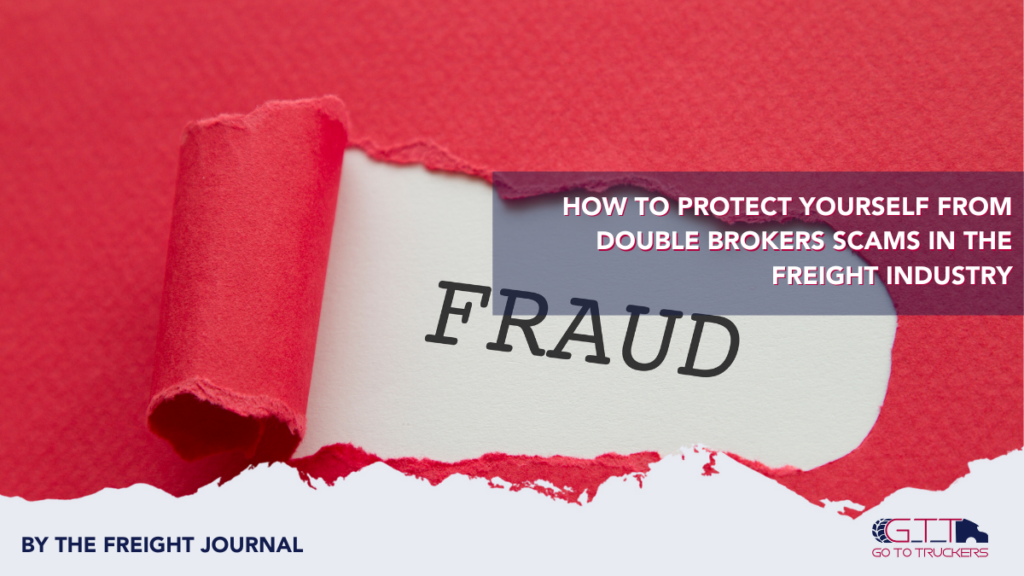
In the freight industry, double broker scams have become increasingly common, posing significant risks to legitimate brokers, shippers, and carriers. These scams involve fraudulent transporters who impersonate legitimate trucking companies, leading to financial losses and disrupted logistics. Fraud occurs primarily due to lax verification processes, the ease of obtaining motor carrier authority, and the use of deceptive practices by scammers. It is crucial for shippers and carriers to commit to proactive measures to prevent these fraudulent activities.
Fraudulent practices have become alarmingly common in the trucking sector. Unscrupulous individuals have exploited the system, using fake identities and addresses to obtain motor carrier authority and insurance. Dale Pra, a former broker now dedicated to combating freight fraud, highlights how easily fraudsters can manipulate the system. For just $300 and a vehicle identification number (VIN) from a junkyard truck, anyone can obtain motor carrier authority, often with the help of unethical insurance agents. Fuente: Trucking Made Successful video: Finally a Win For Trucking: Taking Trucking Back
To help our clients safeguard their operations, we’ve outlined essential steps to verify the authenticity of carriers during the loading process and avoid falling victim to these scams

1. Verify the MC and Company Name on the side of the Truck:
Always check the Motor Carrier (MC) number and the company name displayed on the truck’s side. Ensure they match the details of the company you or your Broker hired. Legitimate carriers will have this information clearly visible and consistent.
2. Identify the VIN:
Take note on the BOL of the VIN number. This unique identifier helps track the specific vehicle and can be cross-referenced with the carrier’s documentation to ensure legitimacy.
3. Request and take a picture of the CDL:
Ask the driver for their Commercial Driver’s License (CDL) and take photos of it for documentation purposes during check-in. This step not only verifies the driver’s identity but also serves as a record for any future discrepancies. Compare this information with the one provided by your broker.
4. Photograph the License Plate:
Capture a photo of the truck’s license plate. This adds another layer of verification and helps in tracking the vehicle if needed.
5. Verify Information with the Freight Broker:
Double-check all gathered information with your freight broker. They should have records that confirm the details you’ve collected, ensuring consistency and authenticity.
6. BOL Signatures:
Once the truck is loaded, request the driver to sign the Bill of Lading (BOL) with their name, MC number and company name. This document is crucial for tracking the shipment and proving that the transaction was conducted with the correct carrier.
7. Record the Seal Number on the BOL:
After sealing the load, take note of the seal number on the BOL. This provides an additional security measure, ensuring that the cargo hasn’t been tampered with during transit.
By following these steps, you can significantly reduce the risk of falling victim to double broker scams. Staying vigilant and verifying all details helps maintain the integrity of your shipping operations. For further assistance, don’t hesitate to contact our team.
I do trust all the ideas youve presented in your post They are really convincing and will definitely work Nonetheless the posts are too short for newbies May just you please lengthen them a bit from next time Thank you for the post